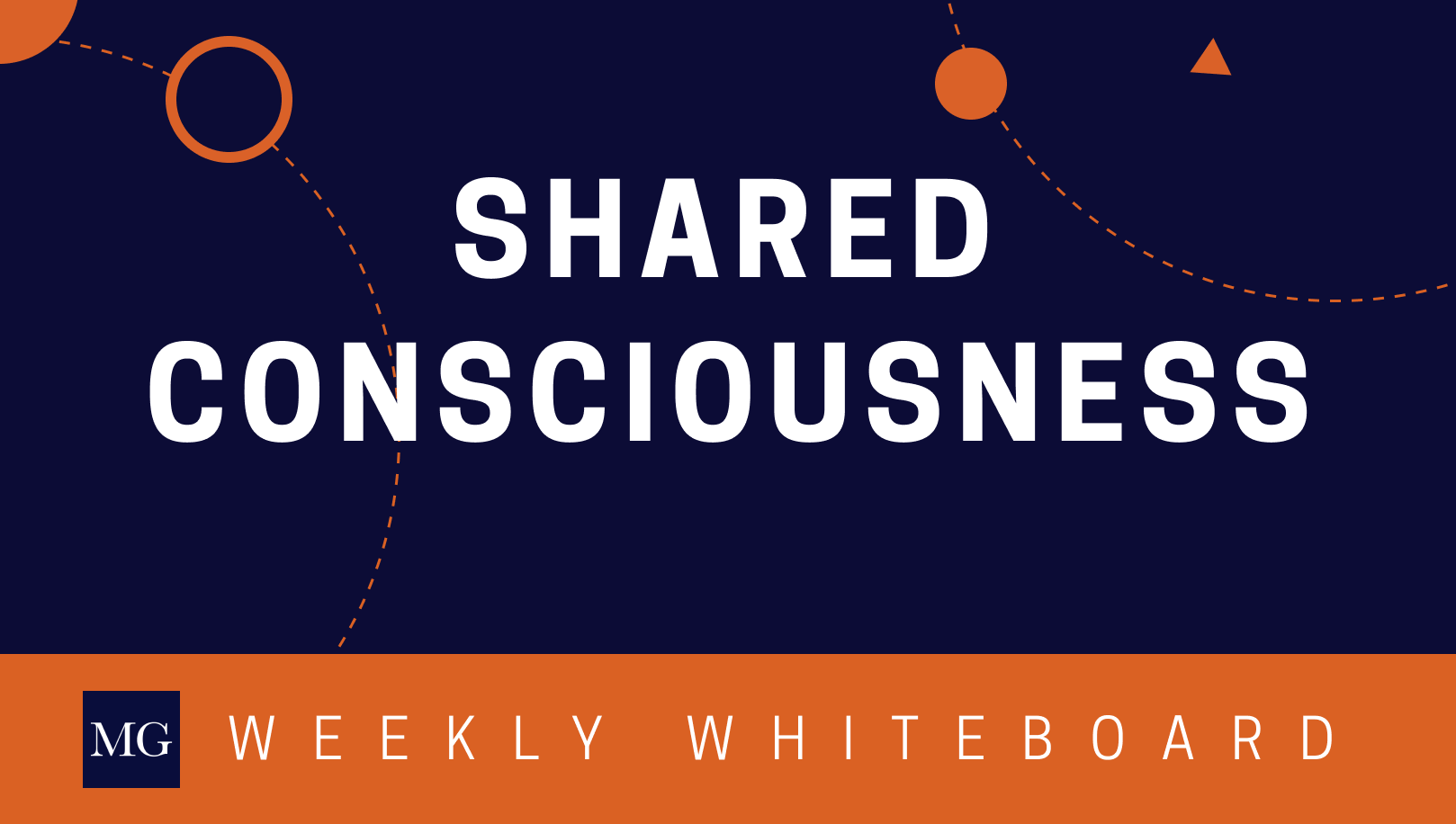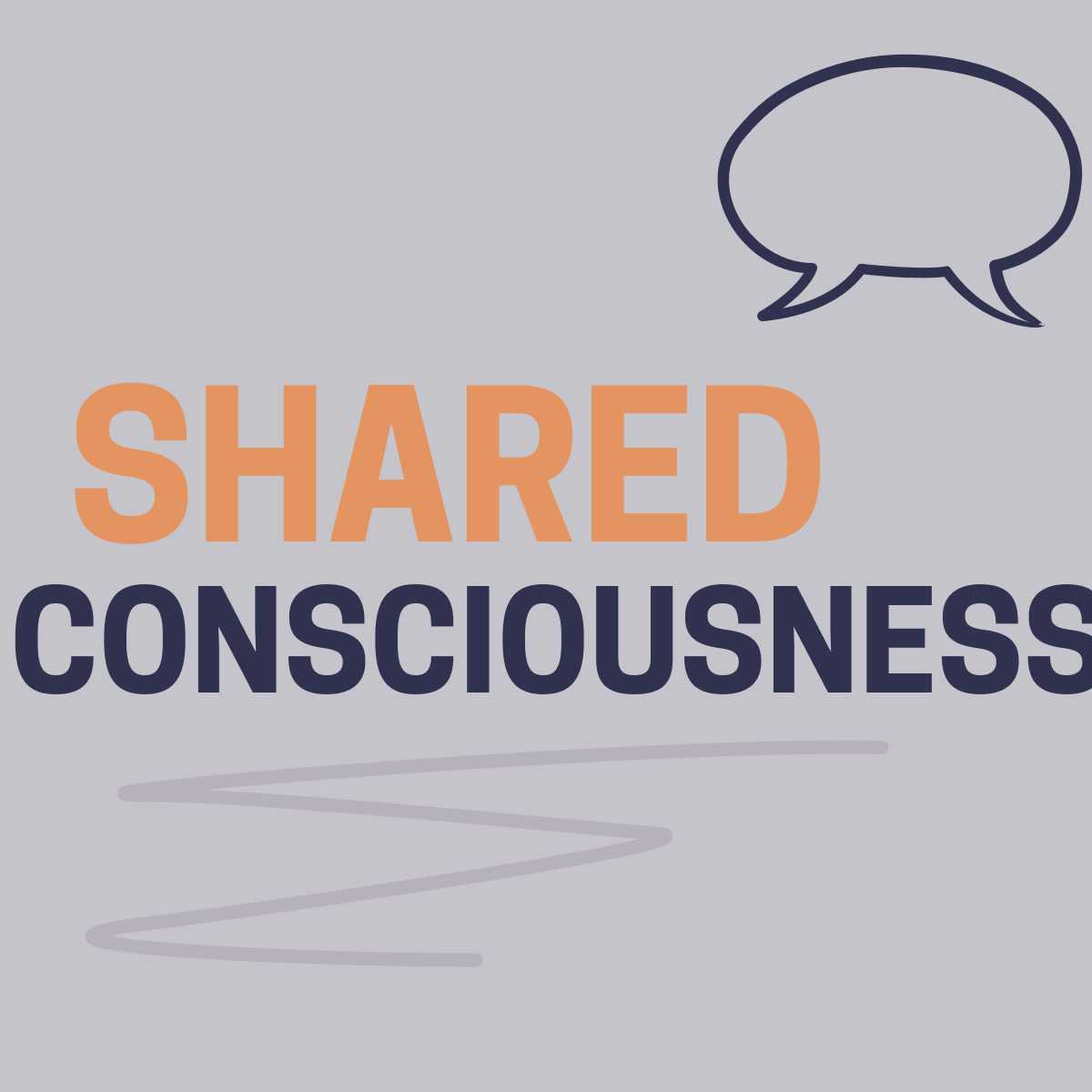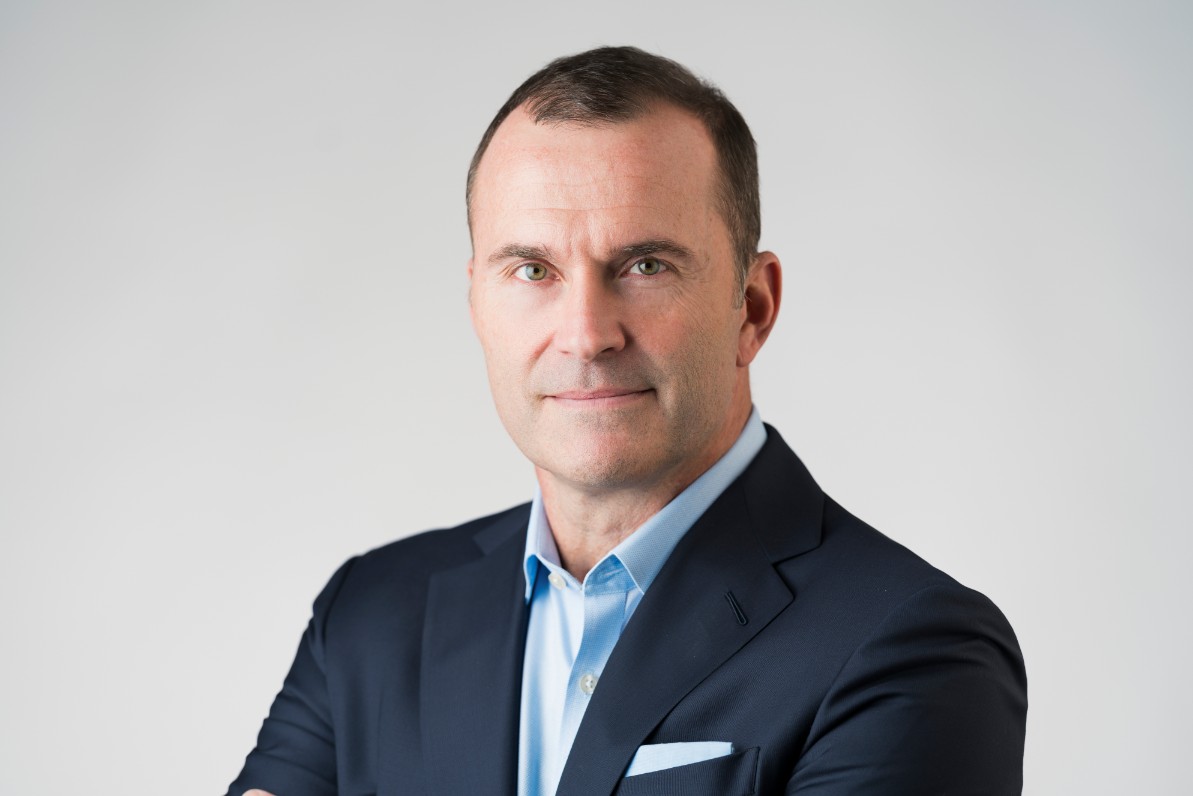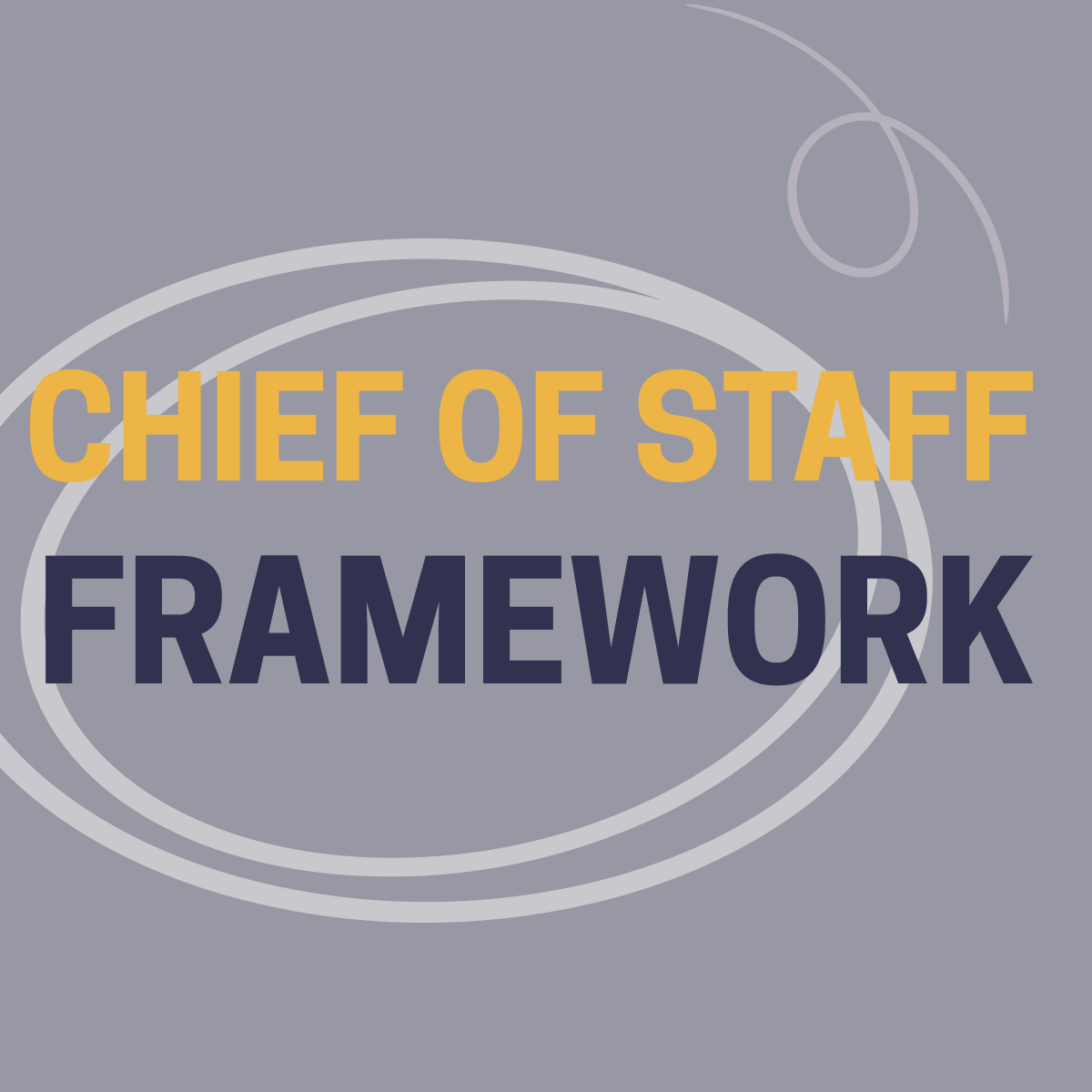Data is everywhere. Context is scarce.
Leaders today are drowning in information, yet struggling to make sense of it. More dashboards, reports, and updates won’t solve the problem—because the challenge isn’t access to data, it’s clarity of action. The organizations that thrive aren’t just informed. They are aligned, aware, and adaptable.
Shared Consciousness is more than a leadership buzzword. It’s the real-time, collective intelligence that separates high-performing teams from those stuck in silos and slow decision cycles. It transforms raw data into situational awareness, allowing teams to anticipate challenges, seize opportunities, and execute at speed.
Unlike traditional top-down communication, Shared Consciousness doesn’t rely on cascading information through bureaucratic layers. It ensures that the right people have the right insights at the right time—so they can act, not react. The best military units, elite sports teams, and market-leading organizations don’t just share information. They synchronize understanding and move as one.
Without Shared Consciousness, teams struggle with misalignment, missed opportunities, and decisions made in isolation. With it, organizations accelerate execution, strengthen collaboration, and outmaneuver the competition.
In this Weekly Whiteboard, Keith Pellegrini of McChrystal Group breaks down how Shared Consciousness turns fragmented teams into fast-moving, strategically aligned forces that cut through complexity and deliver results.




